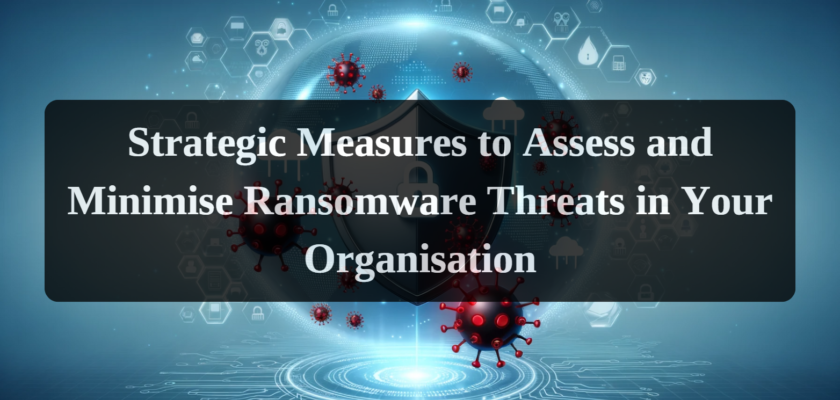Ransomware is a major threat to organizations of all sizes. In the first eight months of 2023, the Multi-State Information Sharing and Analysis Center (MS-ISAC) observed a 51% increase in the number of ransomware incidents affecting U.S. State, Local, Tribal, and Territorial (SLTT) government organizations compared to the same period in 2022.
To be proactive, you should calculate the risk that ransomware poses to your enterprise. This will help you determine whether your current level of risk is acceptable and/or whether you need to do more to protect yourself.
Calculating Ransomware Risk
A comprehensive risk analysis starts with understanding the multi-faceted nature of ransomware threats. Key determinants of your organization’s vulnerability include:
- The size and complexity of your network: Larger and more complex networks are more attractive targets for ransomware attackers.
- Nature of Stored Data: Organizations housing confidential information, especially personally identifiable information (PII) or financial records, are prime targets due to the potential profit from either ransom payments or sale of the stolen data on the dark web.
- Industry-Specific Threats: Certain sectors, including healthcare and finance, face heightened risks owing to the critical nature of their stored data and the catastrophic implications of its unauthorized access or loss.
- Your security posture: If you have strong security controls in place, you are less likely to be successfully attacked by ransomware.
Once you have considered these factors, you can use a ransomware risk calculator to estimate your overall ransomware risk. There are a number of different ransomware risk calculators available online.
Reducing Ransomware Risk
There are a number of things you can do to reduce your organization’s ransomware risk, including:
- Educate your employees about ransomware: Ransomware attacks often start with a phishing email or other social engineering attempt. By educating your employees about ransomware, you can help them to identify and avoid these attacks.
- Strengthening Cybersecurity Infrastructure: Implementing advanced cybersecurity measures like firewalls, intrusion detection and prevention systems (IDPS), and rigorous patch management protocols can thwart infiltration attempts.
- Back up your data regularly: If you are hit by a ransomware attack, having regular backups of your data will allow you to recover quickly and minimize disruption to your business.
- Incident Response Preparedness: Establishing and routinely simulating a ransomware-specific incident response plan ensures a swift, coordinated defensive reaction, minimizing downtime and associated costs.
Additional Risk Mitigation Measures:
Beyond foundational strategies, several supplementary tactics can fortify an organization’s defenses:
- Use a segmentation strategy: Segmenting your network can help to limit the spread of a ransomware infection.
- Multi-Factor Authentication (MFA): MFA adds an extra security layer, safeguarding user accounts even if passwords are compromised.
- Prompt Software Updates: Staying abreast of software updates and security patches closes vulnerabilities that ransomware could exploit.
- System Monitoring and Threat Hunting: Proactive monitoring for anomalous system activity enables early detection, while threat hunting helps uncover hidden, advanced threats before they execute their attack.
Conclusion:
In the face of an ever-evolving threat landscape, understanding and mitigating ransomware risk is not a one-time task but an ongoing commitment. Through a blend of technological, procedural, and educational safeguards, organizations can fortify their cyber defenses, ensuring data integrity and continuity of operations even when targeted by ransomware campaigns. Remaining vigilant and adaptive to new threats ensures that an organization is not just responding to the current threat environment but is also prepared for future cybersecurity challenges.

